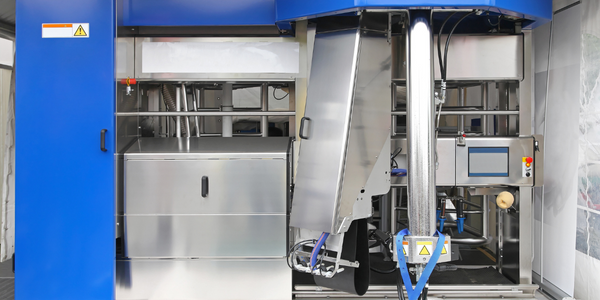Customer Company Size
Large Corporate
Region
- Europe
Country
- Germany
Product
- Camunda BPM
Tech Stack
- JavaEE
Implementation Scale
- Enterprise-wide Deployment
Impact Metrics
- Cost Savings
- Productivity Improvements
Technology Category
- Application Infrastructure & Middleware - API Integration & Management
Applicable Functions
- Business Operation
Use Cases
- Process Control & Optimization
Services
- System Integration
About The Customer
Generali Infrastructure Services S.c.a.r.l. provides innovative IT infrastructure services for companies of the international Generali Group. Core competencies are the development of customer-oriented solutions as well as stable and efficient operation of IT infrastructure services, i.e. servers, networks, telephone / call center, workplace environments and mobile solutions. The company employs around 1,000 people and belongs to Assicurazioni Generali S.p.A. and in addition to the German branch has offices throughout Italy, France, Austria, Hungary and the Czechia. Since 2013, Generali Deutschland has used Camunda BPM to orchestrate, automate, and integrate private and public cloud services for the provision of IT infrastructure services.
The Challenge
In 2010, Generali Infrastructure Services introduced a monolithic cloud solution to provide IT services such as servers or platforms on demand. However, integration with the existing IT service management system and non-automated services was difficult and required considerable adjustments to the cloud solution. Complex processes could only be mapped rudimentarily in a proprietary process control system. The organizational and technical integration was very difficult in terms of operation and maintenance. For this reason, in late 2013 they decided to take an integrated approach to providing an integration platform with a focus on automation by means of business process management and a service-oriented architecture in the infrastructure services area.
The Solution
Generali Infrastructure Services decided to utilize the company’s existing experience with JavaEE and opted for an open source alternative. They chose Camunda BPM due to its lively community and an instantly usable and modern front-end to start processes and integrate manual tasks. The technical integration capabilities of any external services should not be limited by proprietary technologies, but actively support broad expandability. Furthermore, they wanted support for enterprise customers from the producer. The significant challenge was to migrate the results achieved in three years of project work with the monolithic cloud solution to a new environment within a few weeks. The aim was to replace the existing architecture with a lean, service-oriented architecture and to present previously missing escalations through manual tasks.
Operational Impact
Quantitative Benefit

Case Study missing?
Start adding your own!
Register with your work email and create a new case study profile for your business.
Related Case Studies.

Case Study
System 800xA at Indian Cement Plants
Chettinad Cement recognized that further efficiencies could be achieved in its cement manufacturing process. It looked to investing in comprehensive operational and control technologies to manage and derive productivity and energy efficiency gains from the assets on Line 2, their second plant in India.

Case Study
Airbus Soars with Wearable Technology
Building an Airbus aircraft involves complex manufacturing processes consisting of thousands of moving parts. Speed and accuracy are critical to business and competitive advantage. Improvements in both would have high impact on Airbus’ bottom line. Airbus wanted to help operators reduce the complexity of assembling cabin seats and decrease the time required to complete this task.

Case Study
Improving Production Line Efficiency with Ethernet Micro RTU Controller
Moxa was asked to provide a connectivity solution for one of the world's leading cosmetics companies. This multinational corporation, with retail presence in 130 countries, 23 global braches, and over 66,000 employees, sought to improve the efficiency of their production process by migrating from manual monitoring to an automatic productivity monitoring system. The production line was being monitored by ABB Real-TPI, a factory information system that offers data collection and analysis to improve plant efficiency. Due to software limitations, the customer needed an OPC server and a corresponding I/O solution to collect data from additional sensor devices for the Real-TPI system. The goal is to enable the factory information system to more thoroughly collect data from every corner of the production line. This will improve its ability to measure Overall Equipment Effectiveness (OEE) and translate into increased production efficiencies. System Requirements • Instant status updates while still consuming minimal bandwidth to relieve strain on limited factory networks • Interoperable with ABB Real-TPI • Small form factor appropriate for deployment where space is scarce • Remote software management and configuration to simplify operations

Case Study
Developing Smart Tools for the Airbus Factory
Manufacturing and assembly of aircraft, which involves tens of thousands of steps that must be followed by the operators, and a single mistake in the process could cost hundreds of thousands of dollars to fix, makes the room for error very small.









